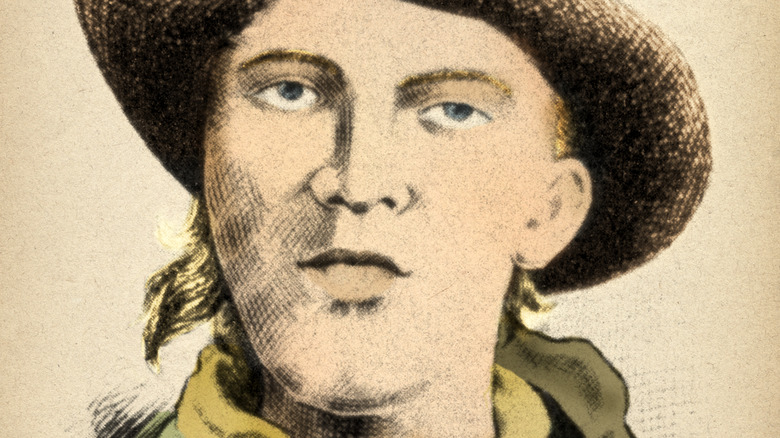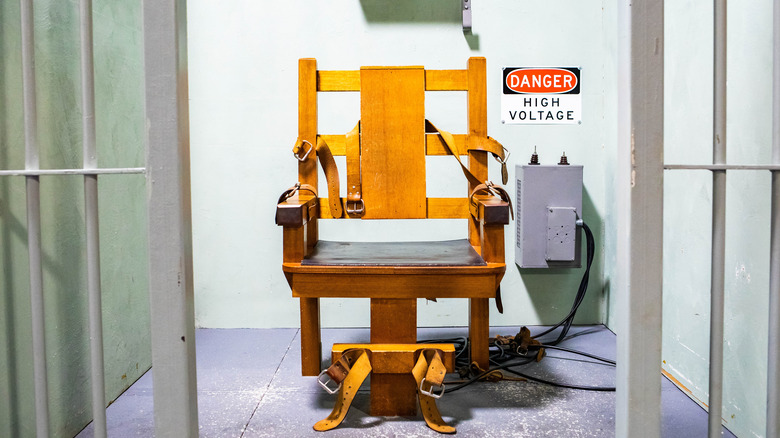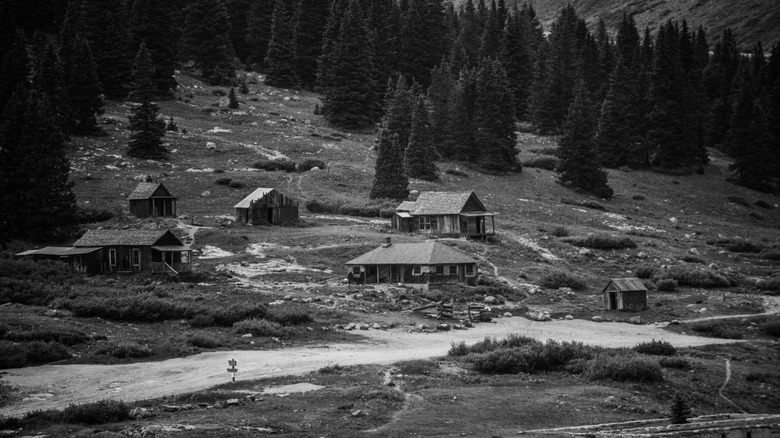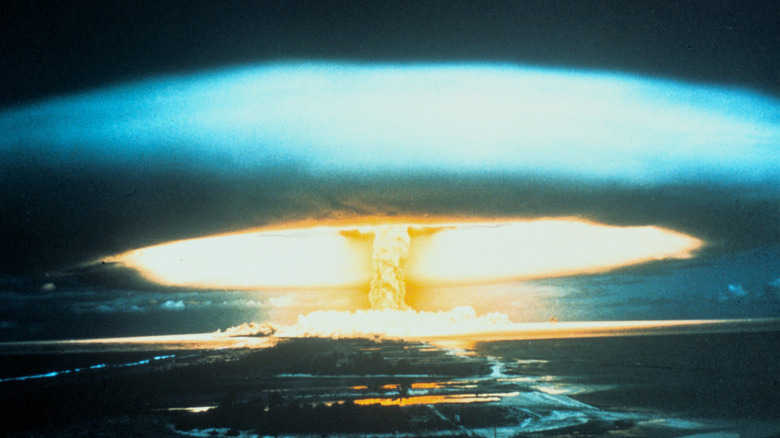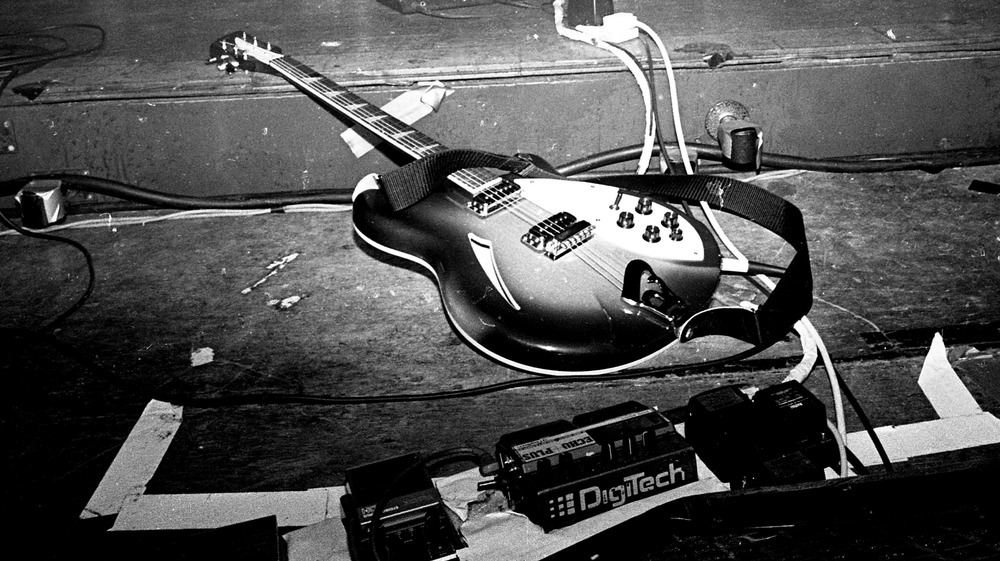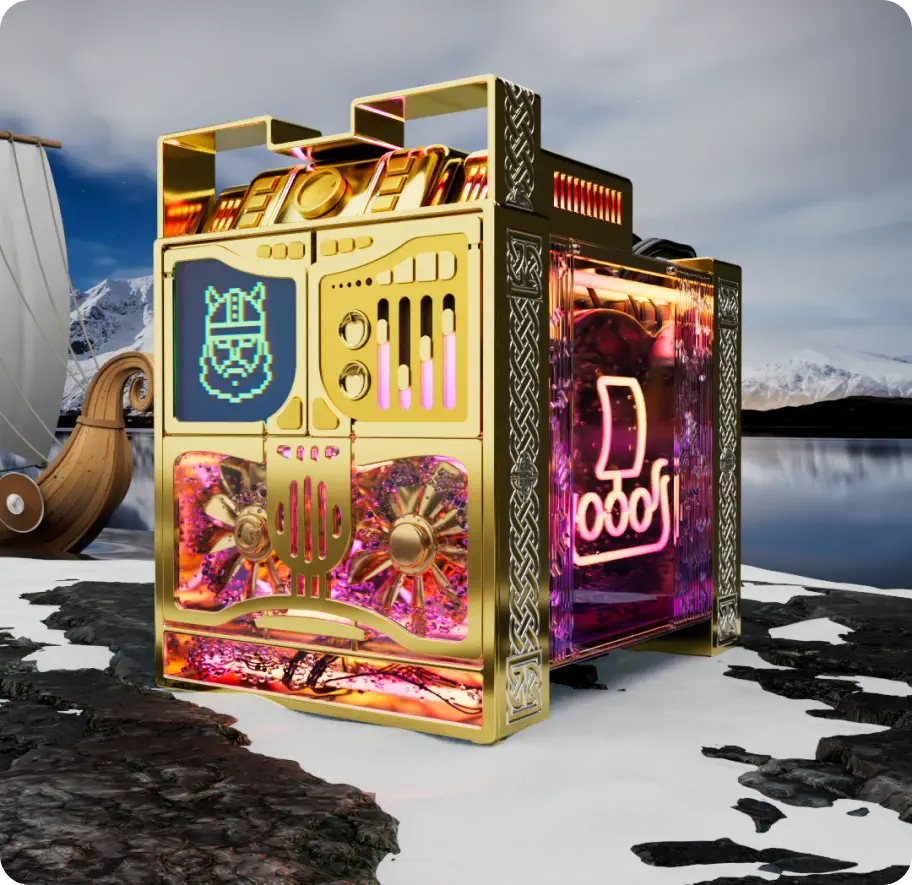
Here’s How Early Humans Lived Through The Ice Age
The Earth’s climate is variable, changing throughout the course of human history — sometimes warmer than what humans living now experience, and sometimes much, much colder. The last frigid period, in fact, ended only about 12,000 years ago. It’s a wonder early humans lived through this most recent ice age, according to Live Science.
Average temperatures on the planet were only about 46 degrees Fahrenheit during what’s called the Last Glacial Maximum, according to WION News. That’s the last time ice sheets covered most of the planet, ending about 20,000 years ago, based on most estimates. Compare that to the average temperature on planet Earth today is about 57 degrees Fahrenheit — that’s a big difference in terms of global temperatures.
All combined, it’s plain to see: The Earth our ancestors inhabited was a very, very different place, according to the National Climate Data Center. So, how exactly did early humans live through the ice age? The answer to that question is right between your ears.
Brain power meant survival
With much of the ocean water frozen during the last ice age, sea levels dropped, revealing land that wasn’t there before, according to Human Journey. Because of this, homo sapiens continued to spread all over the planet, sometimes chasing migratory animals for food, and other times seeking to escape the cold and inhospitable weather.
As far as the climate was concerned, though, things were pretty bad everywhere for humans during this period in time. How early humans lived through the ice age is largely due to their big brains — which remain largely unchanged in modern-day humans. This strong mental capacity allowed early humanity to creatively solve the problems they encountered during this difficult period (via History).
First off, homo sapiens had language during this time, which provided a significant advantage. Where there’s language there’s also typically cooperation in hunting and other tasks associated with survival. Creativity and art also bound early groups of humans together during the ice age, and when humans work together, they tend to survive. Likewise, ice age humans had tools, like the needle for sewing clothing to protect against the elements, and the ingenuity to build structures as shelter from storms and freezing temperatures. The cognitive abilities of early homo sapiens is a big reason why there are any humans alive today.
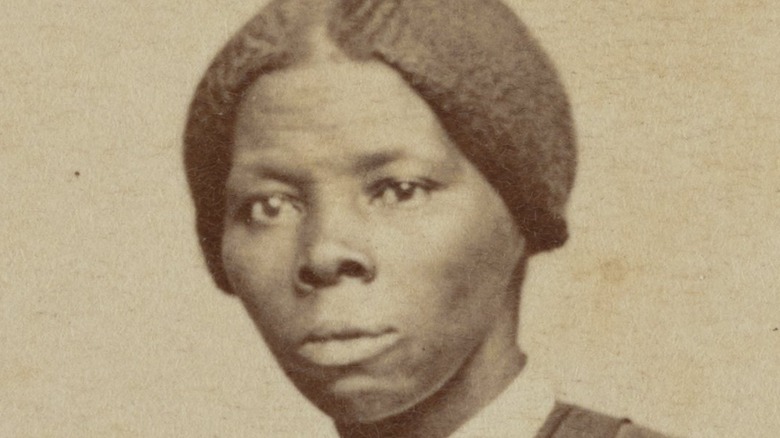
Harriet Tubman Was The First Woman To Ever Do This

How This Grand Duchess Escaped The Bolsheviks

The Mysterious Disappearance Of Jennifer Dulos
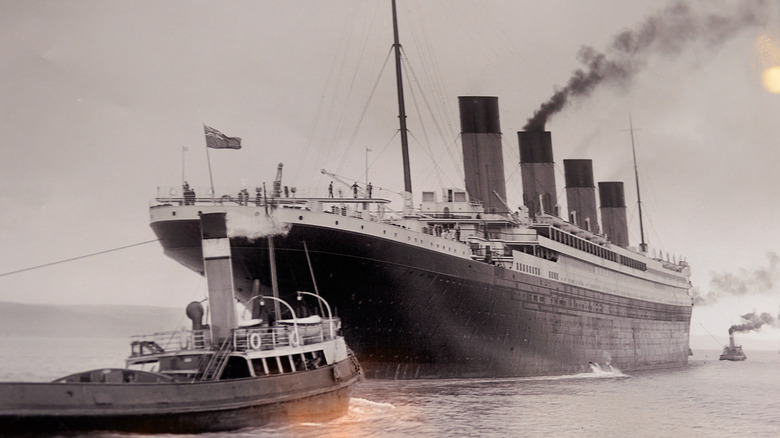
The Titanic's First Class Passengers Were More Likely To Survive. Here's Why

How The CIA Once Used Psychics To Spy On The Soviet Union
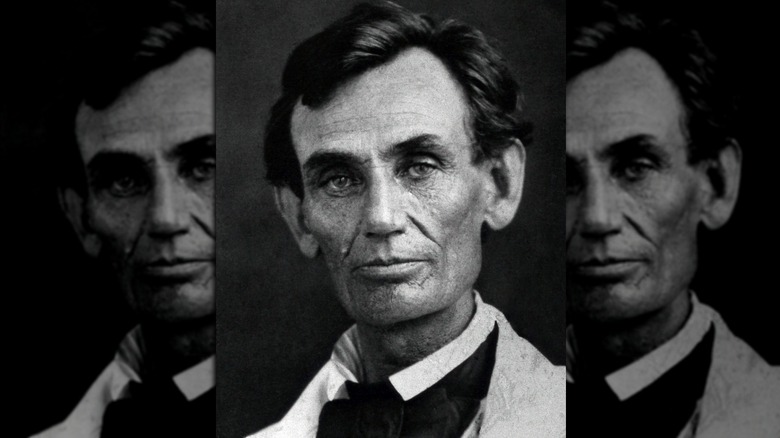
What Did Abraham Lincoln Look Like In Color?
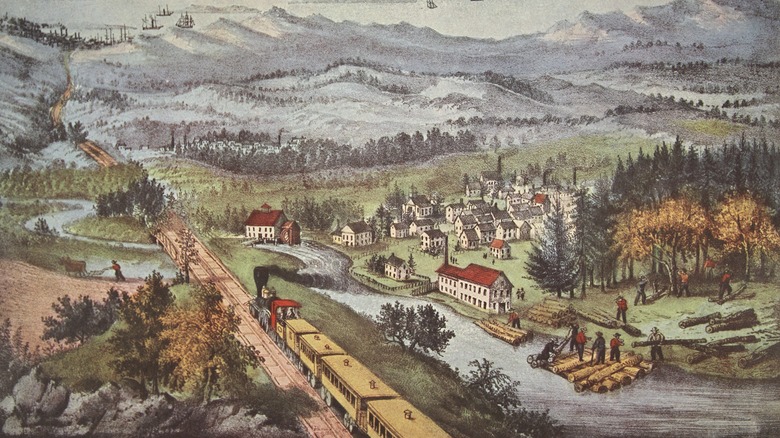
The Truth About The Greatest Train Heist In History
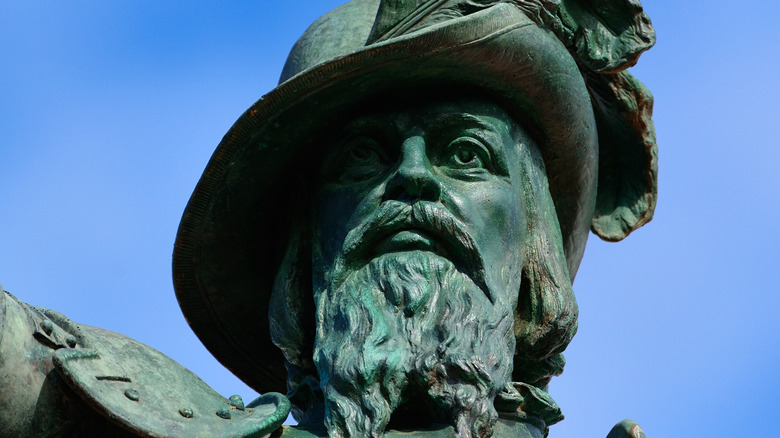
How The Fountain Of Youth Myth Was Born

The Messed Up True Story Of The Mexican Ripper
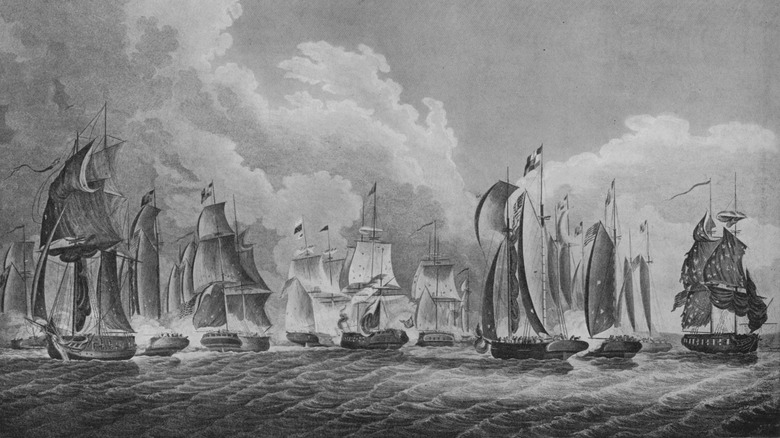
This City Was Captured For Over A Year During The War Of 1812



